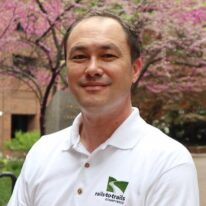A Closer Look: Connecting the Lower Rio Grande Valley by Trail
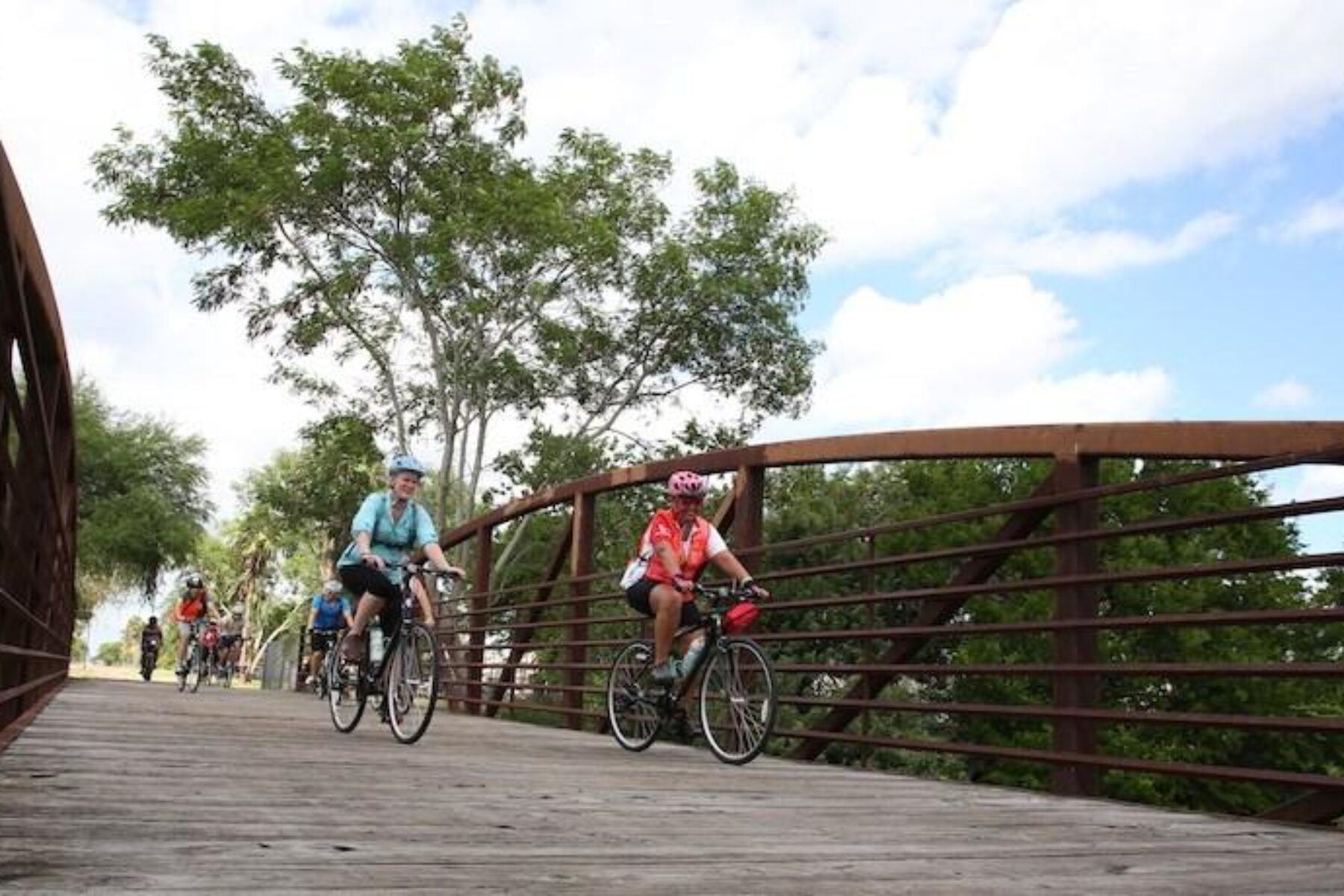
The caracara is a rare and mysterious creature. With a black body and cap, white neck and orange face, they look like few other birds of prey anywhere. They are beautiful and mighty. In America, they can be found in just a few places—including the Lower Rio Grande Valley at the southernmost tip of Texas. Birdwatchers know that to see a caracara, you must get out in nature, sit quietly and look just a little closer.
Four hundred and twenty-eight miles of connected multiuse trails, U.S. Bicycle Routes and paddling trails all designed to inspire physical activity for residents and a regionwide “active tourism” economy.
Caracara is also the name of the trail system developing throughout Cameron County, Texas, and the Lower Rio Grande Valley—a project that Rails-to-Trails Conservancy (RTC) is honored to count among its TrailNation™ portfolio projects. The Caracara Trails will be a system unlike any other in a truly unique and special part of America—more than 428 miles of connected multiuse trails, U.S. Bicycle Routes and paddling trails all designed to inspire physical activity for residents and a regionwide “active tourism” economy.
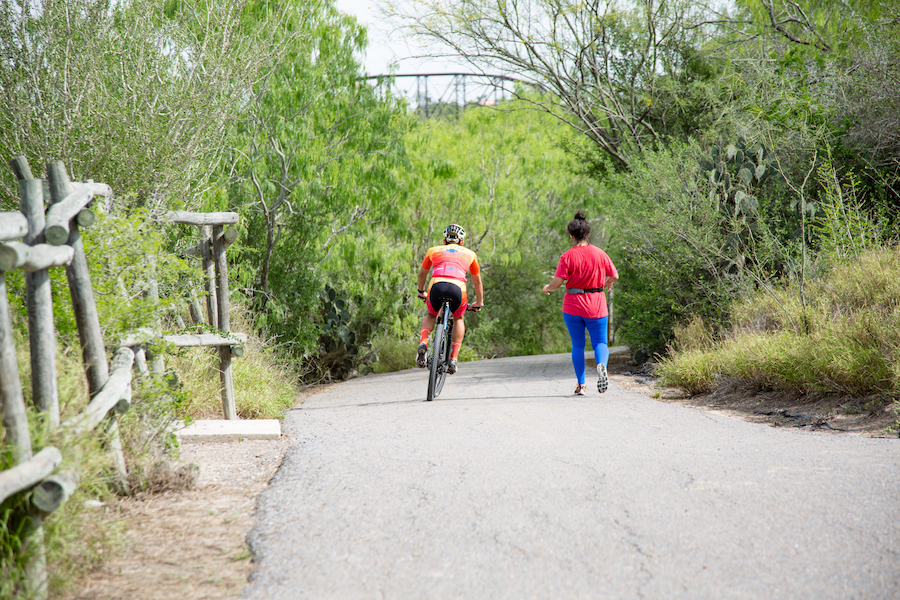
Not that many people outside of Texas and Mexico know this area well, and I’ll admit that before visiting recently, I knew only some of the more common headlines—that the county is one of the highest poverty areas in the country with some of the most acute health challenges. That this region is at the epicenter of the nation’s heated debate about border politics and immigration.
What’s missing from the headlines, and what I experienced firsthand when I visited, is to be celebrated—the incredible people, the strong sense of community and local leadership, the breathtaking beauty of the natural landscape, and the powerful activism and civic pride that is fueling the Caracara Trails vision.
RELATED: A New Star for Texas (Alexandra Becker, TrailBlog)
A Trail System Unlike Any Other
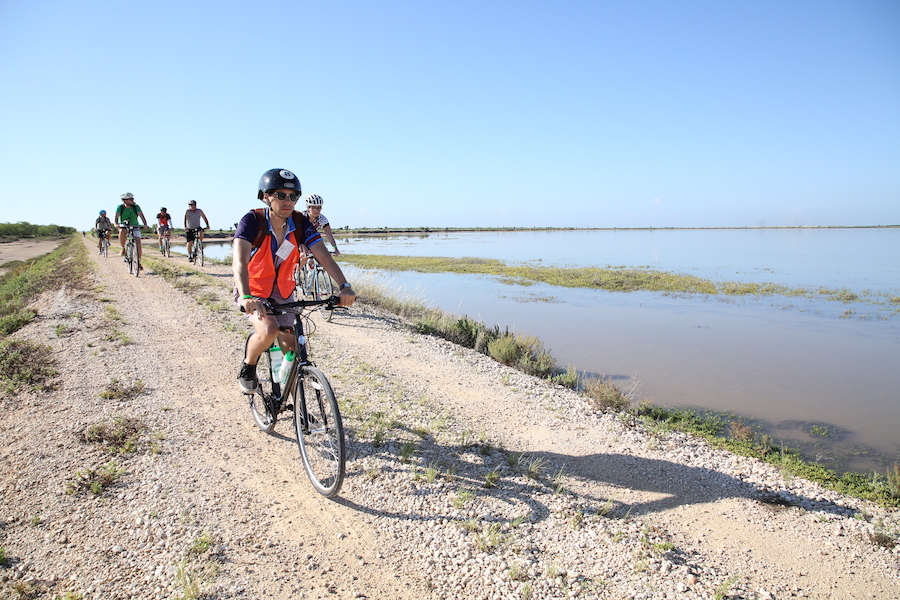
The Valley is vibrant—rich in culture and history, showcasing some of the country’s most magnificent geography and outdoor amenities. Brownsville, the largest city in the county and the county seat, has been at the forefront of the push for active transportation and active tourism in the region. Together with the University of Texas School of Public Health (UTSPH) and the Valley Baptist Legacy Foundation (Legacy), city and municipal partners have created the “Active Plan”—a blueprint for the region’s trail network and its strategy to create a new culture of health, wellness and physical activity. All the partners working to complete the trail network and engage the Valley’s people in new opportunities to be active—including the cities of Brownsville, Harlingen, Combes, Los Fresnos, Los Indios, Port Isabel, Rio Hondo, San Benito and South Padre Island; the towns of Laguna Vista and Rancho Viejo; the Lower Rio Grande Valley Development Council, an early supporter of the project; and UTSPH, Legacy and RTC—are leveraging a collective vision of a healthier, more connected region to make significant systemic change.
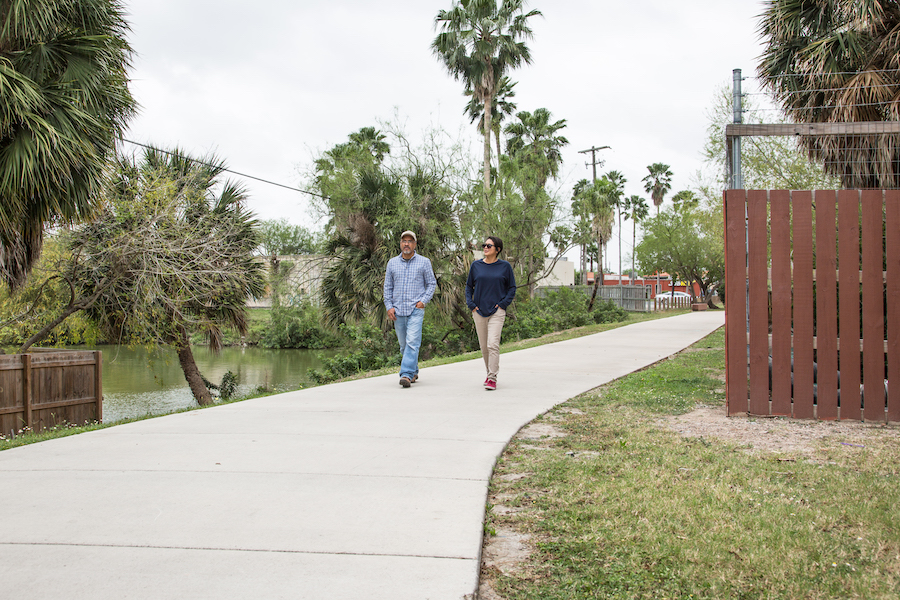
Like many places in the United States, Cameron County was historically developed around roads and highways. This system is necessary for transportation between many small towns across its vast 1,276 square miles, but like so much of the country, this car-centered infrastructure moves people through a space. It doesn’t promote connection—with each other, with nature, with the community.
To inspire healthier lifestyles and more appreciation of the natural beauty that is the region’s hallmark, civic leaders knew that their people needed a different way to get outside, get moving and get connected—and that focusing on an active outdoor economy had the potential to generate significant financial gains for the region. The Active Plan neatly dovetails a local vision with a national approach to promotion, yielding a powerful strategy that will deliver the people-centered infrastructure, the Caracara Trails, necessary to achieve big goals.
RELATED: Your Next Biking Adventure Vacation is at the Texas Border (Brandon Withrow, Daily Beast)
People Inspiring Connections
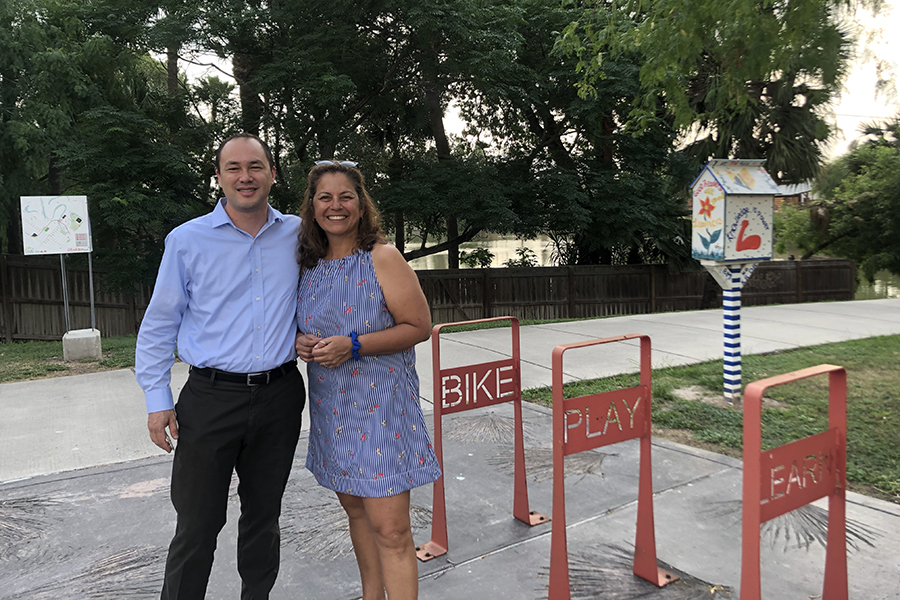
The Lower Rio Grande Valley is a special place—and its vision for a trail system that powers an active outdoor revolution is inspiring—but what makes it a special community are its people. One of those people is Dr. Rose Gowen, a practicing obstetrician-gynecologist, city commissioner and RTC board member. Rose was born in Brownsville and—while she loved her community—felt the pull to leave the area to attend college and medical school. Years later, after starting a family, she felt an even stronger pull to return to her hometown and the family-centered environment it provided.
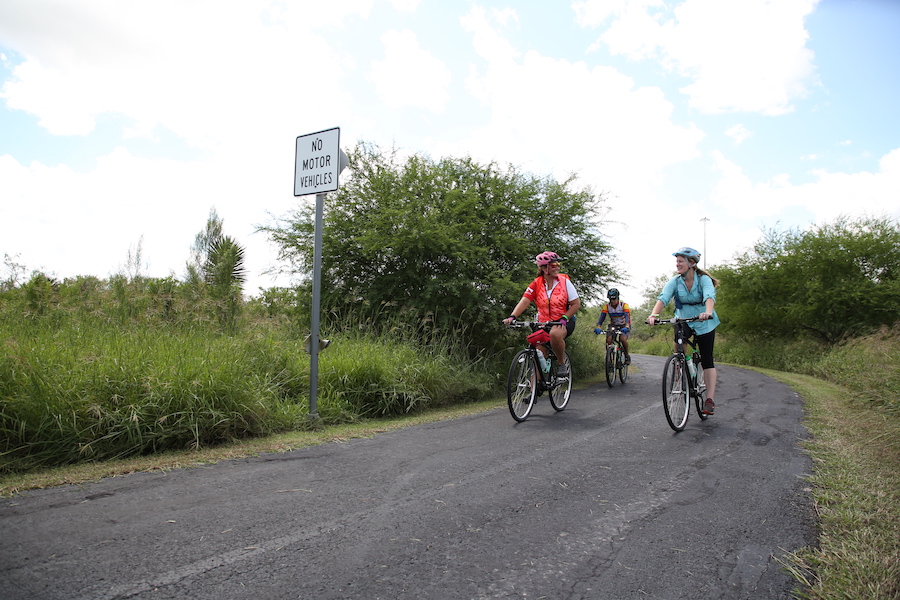
Rose, though, didn’t just continue her medical practice. As Rose told me, she saw the health challenges experienced by people throughout her community—where rates of obesity and diabetes far exceed national averages—and knew that a comprehensive public health strategy was needed. She would eventually open up the award-winning Brownsville Farmers Market, re-igniting the area’s farmers market activities, and run for and be elected as a city commissioner. In this role, she has joined with civic leaders like Dr. Belinda Reininger, regional dean of UTSPH in Brownsville, and Judy Quisenberry of the Legacy Foundation to guide the Active Plan process and begin developing the Caracara Trails. They understood that this was more than a valuable amenity for the Valley—it is a core public health solution for the entire region.
Coordinating the efforts of the Caracara Trails’ many and diverse partners—including the region’s 11 municipalities—is RTC Project Manager Eva Garcia. Eva grew up south of Brownsville in the unincorporated colonia of South Point, which lacked many of the basic services and amenities the rest of the city enjoyed. After high school, Eva interned with the Brownsville Planning Department and commuted by bicycle 8 miles each way.
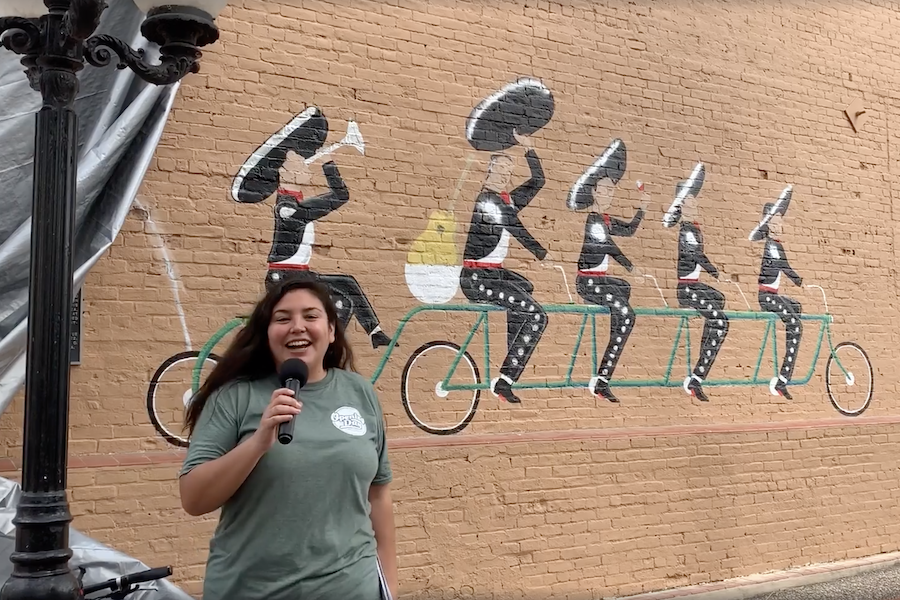
While these bike rides were done out of necessity, she says it gave her the chance to see the challenges and disparities experienced by people walking and biking to and from South Point along narrow roads, mixed in with traffic. And it revealed to Eva the opportunity to leverage underutilized public rights-of-way to create safer, people-centered infrastructure. As Eva pursued her career, she joined the City of Brownsville as an urban planner and helped secure funding for the Southmost Nature Trail. The trail will connect South Point to Brownsville along the route she first identified through her daily commutes—and is a segment of the Caracara Trails network, bringing a powerful amenity and a safe walking and biking path to the people in the region who need it most.
When I visited the Lower Rio Grande Valley, it was a joy to see how Rose and Eva knew just about every inch of Cameron County and nearly every one of its people. At the same time, it was a pleasure to hear how looking through the frames of public health and active transportation gave them a new way to see and serve the communities they know and love.
For me, it’s a lesson in how, when you get out from behind a windshield, trails help you look just a little closer.
Special thanks to RTC President Ryan Chao for this—the latest post in his new monthly series on the role of trails in connecting the nation, and creating healthy, thriving communities across America.

Donate
Everyone deserves access to safe ways to walk, bike, and be active outdoors.
